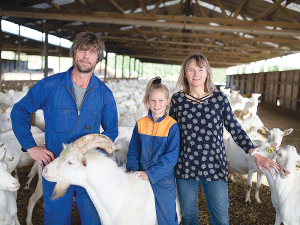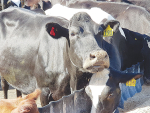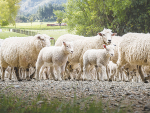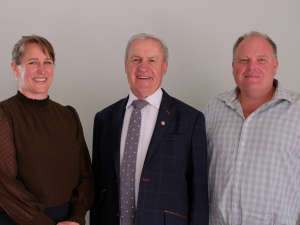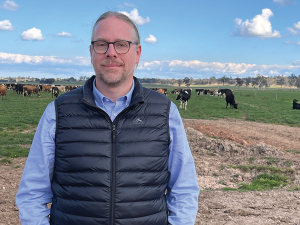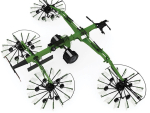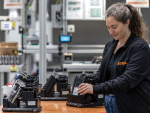Matamata Goat Farmers Wiebe and Piety Smitstra, who retrofitted their goat milking shed with a GEA low line double-up herringbone system, say the investment is paying dividends.
The system includes automatic cup removers, milk meters and Dairy- Plan software.
The efficiency gains have been well worth it, with the Smitstra family saying they see big improvements in milking time, animal health and herd management.
The farm is 130ha and home to a herd of 1,200 dairy goats. Most of the herd are Saanen goats, originally from Switzerland. Approximately 30% of the herd are replaced annually, with all replacements reared on farm.
Milking goats is a family business. Wiebe and Piety have been in the industry for 25 years, raising five children in that time. The farm is currently managed by Wiebe and Piety with the help of their two sons. The goats are milked twice daily, with Wiebe managing the morning shift and the boys managing the afternoon shift.
In the past they worked with an old 40-bale herringbone parlour with highline swing over clusters and pulsation. Between them, the family spent up to eight hours a day in the milking parlour – four hours in the morning and another four in the evening.
Looking to increase efficiency, Wiebe contacted GEA.
“I told these guys what I wanted, and they came up with plenty of good ideas, turning our old milking shed into something modern and efficient,” says Wiebe.
“I chose to work with GEA because they have a lot of research behind their equipment and they’ve got plenty of experience in the goat milking industry worldwide.”
GEA says its goat milking equipment is specifi- cally designed around the comfort of the animal, while the range provides flexibility for farmers on a budget, with options to upgrade at any time. Most of the equipment can be retrofitted to existing parlours.
Wiebe’s upgrade doubled the capacity of his parlour to 80 bails. New features include fitting a low line with cup removers, Metatron milk meters together with DemaTron 70 control units (featuring time or flow take-off) and PPiD (per point identification) with RFID.
DairyPlan is linked up to record the milking time, volume and conductivity for each animal, with additional information on animal health, mating and kidding.
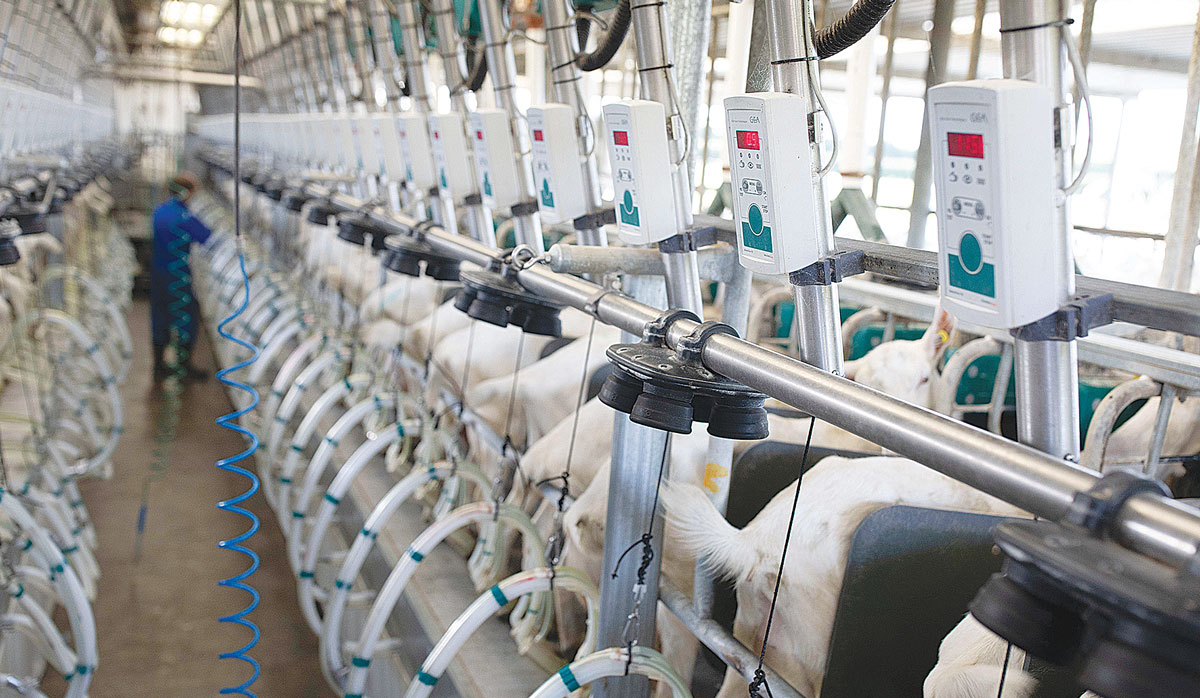 |
|---|
|
The upgraded GEA low-line double-up Herringbone system.
|
Wiebe says that since the upgrade, one person can easily manage milking 420 – 500 goats an hour. They’ve shaved off one hour in the morning and another hour and 20 minutes in the evening. And that’s with teat spraying.
“A double up parlour makes cupping so much quicker, and the cup removers ensure there’s no overmilking,” says Wiebe.
Capturing data is another big plus for him. He can also see exactly how each goat is producing as they milk, with the information appearing on the Dematron units above each animal. This information is fed into Dairy- Plan so the Smitstras can see which animals consistently perform well.
They can also identify animal health and possible mastitis issues before they might notice this with their own eyes.
The data is saving the Smitstras money too. For example, they used to herd test 4 times a year, but don’t need to anymore because they can see all the details in DairyPlan.
That’s a saving of around $14,000 a year, says Wiebe.
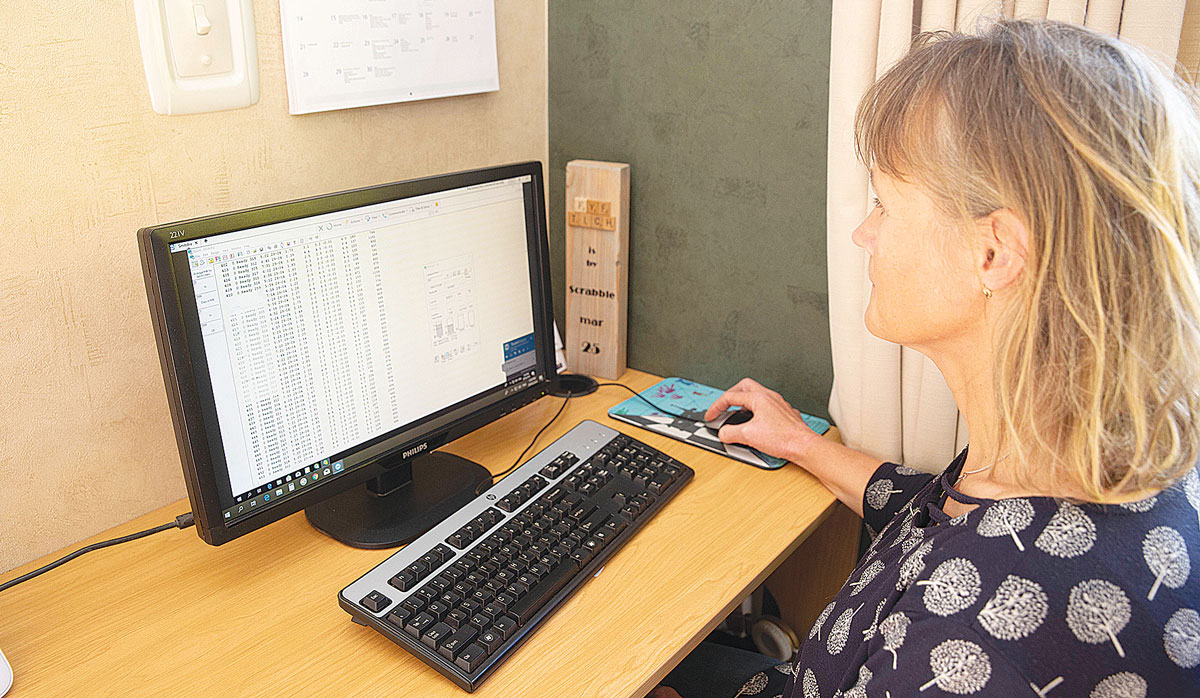 |
|---|
|
DairyPlan Software records milking time, volume and conductivity for each animal for Piety Smitstra.
|
He also notes their production levels remain similar per goat, but the upgrade enables them to milk more goats. He adds that animal condition is better too.
“At the start of the season, we had some animal health issues. But since we started in the new plant, those problems disappeared.”
Cup slip is a thing of the past and they have had fewer grading issues.
“We have generally been careful about investing too much,” says Wiebe. “But we feel that the goat industry keeps getting better, with the market much more positive than it was 20 years ago. The NZ Dairy Goat Co-op continues to want more milk and we’re always aiming to better our operation.”
The Smitstras are well-prepared to increase production with a highend milking parlour and good information on the herd. They have since built a new barn and will increase the herd size.

